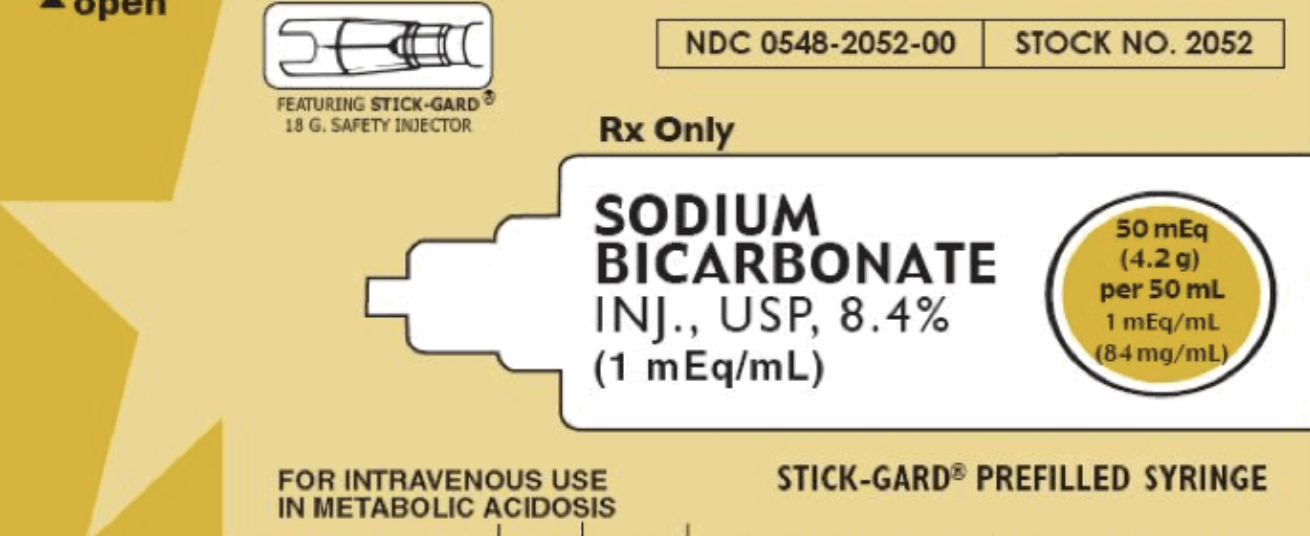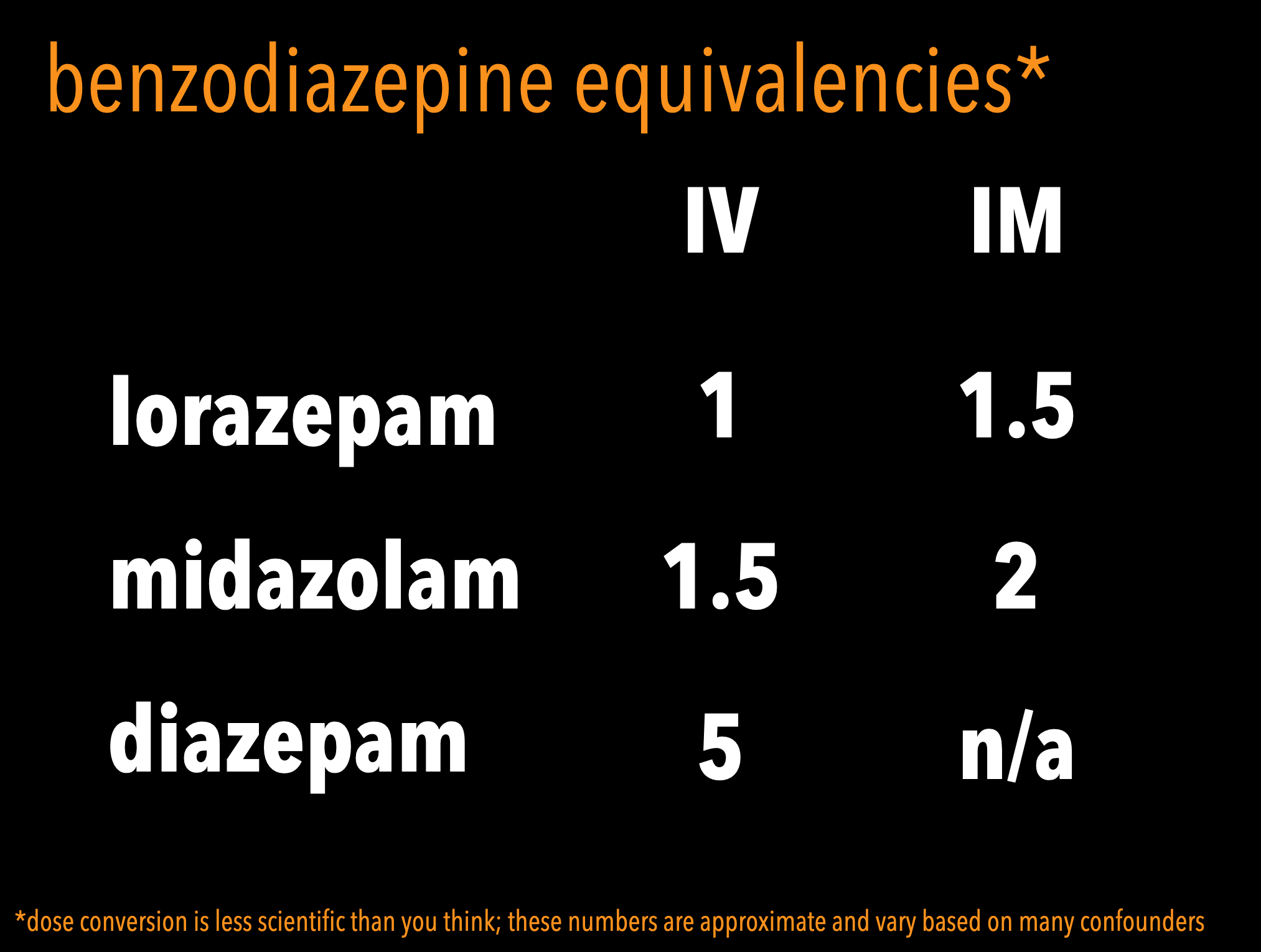This PODT is inspired by a recent case I had in while working in Peds and is something we may encounter often in the summer. This is a perfect example of a fast track compliant that we may have not seen a lot of during COVID.
The patient was a young male in his 20s who works in construction and wears heavy boots and socks for about 8 hours of the day in the heat. He presented with 1 days of sloughing of the skin of both of his feet with discharge.
Lets discuss Tinea Pedis (Athlete’s Foot):
Tines pedis is a dermatophyte infection of the skin on the foot.
Etiology and Risk Factors:
Usually occurs in adults and adolescents and is rare prior to puberty
Infection is acquired by means of direct contact with the causative organism
Commonly seen in patients who have a history of walking barefoot in locker rooms or swimming pool facilities
Also commonly seen in patients who wear occlusive footwear
Predisposing factors to consider
Diabetes Mellitus
Immunodeficiency, Systemic corticosteroid use, or use of immune suppressive agents
Poor peripheral circulation or lymphoedema
Excessive sweating (hyperhidrosis)
Who would have know that there are different types of tinea pedis?
Types of Tinea Pedis:
Interdigital tinea pedis: Manifests as pruritic erosions or scales between the toes, most commonly in the third and fourth digital interspaces
More severe form of this is known as Ulcerative tinea pedis. This is generally associated with secondary bacterial infection
Hyperkeratotic (Moccasin-Type): Characterized by diffuse hyperkeratotic eruption involving the soles and medial and lateral surfaces of the feet.
Vesiculobullous (inflammatory-type): Pruritic, sometimes painful, vesicular or bullous eruption. Medial foot often affected
Management:
Topical antifungal therapy is treatment of choice for most patients.
Example of topical antifungal: Azoles, Allylamines, Butenafine, Ciclopirox, Tolnaftate, and Amorolfine. Recommended to apply once or twice a day for four weeks. (Refer to references for dosages and frequency)
Beneficial and more effective for patients to use the suspension formulation of these medications
Systemic antifungal agents are primarily reserved for patients who fail topical therapy
Terbinafine 250mg per day for 2 weeks in adults
Most check LFTs prior to administration and patients need to follow up and have LFTs checked while receiving treatment
Peds dosing:
10 to 20kg: 62.5mg/day
20 to 40kg: 125mg/day
Above 40kg: standard adult dosing
Itraconazole 200mg per day for two weeks
Peds dosing:
3 to 5 mg/kg per day
Fluconazole 150mg once weekly for two to six weeks
Peds dosing:
6mg/kg once weekly
·Ulcerative Tinea Pedis;
Always treatment with systemic antifungal agents in addition to topical antifungals
Make sure to add in addition to your antifungal an antibiotic such as Keflex
Outpatient podiatry follow up should be given to patients
Prevention
Use of sock with wick-away material
Use of desiccating foot powders
Tx of hyperhidrosis if there is history of moist feet
Tx of shoes with antifungal powder
Avoidance of occlusive foot wear
We diagnosed our patient with ulcerative tinea pedis. We started the patient on Terbinafine, Ciclopriox, and Keflex and arranged for podiatry follow up. Our patients case was unique in the fact that the patient had bilateral involvement normally this occurs unilateral.
References :
· https://www.uptodate.com/contents/image?csi=18b425c8-5b1f-4694-a039-5bc8aa27c160&source=contentShare&imageKey=PC%2F76148
· https://wikem.org/wiki/Tinea_pedis
· https://www.aafp.org/afp/2014/1115/p702.html
· https://accessemergencymedicine.mhmedical.com/content.aspx?sectionid=109447903&bookid=1658


